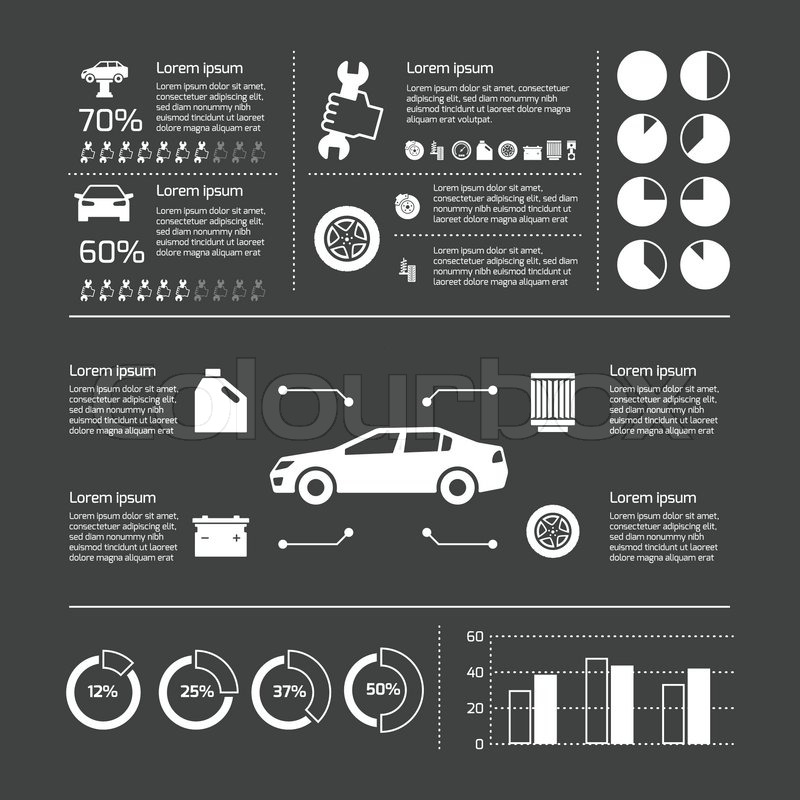Decoding Your Automobile'S Warning Indicators: What They Really Indicate
Decoding Your Automobile'S Warning Indicators: What They Really Indicate
Blog Article
Content Author-Hartley Dalgaard
When you're behind the wheel, those beautiful warning lights on your dashboard can be a little bit puzzling. Do marine detailer understand what they're attempting to inform you concerning your auto's wellness? Comprehending the value of these lights is important for your safety and security and the longevity of your car. So, the next time among those lights turns up, wouldn't you intend to analyze its message properly and take the essential actions to address it?
Common Caution Lighting and Interpretations
Recognize typical warning lights in your vehicle and understand their definitions to guarantee safe driving.
One of the most common caution lights consist of the check engine light, which indicates problems with the engine or emissions system. If this light begins, it's crucial to have your car inspected immediately.
The oil stress cautioning light indicates reduced oil stress, calling for instant attention to prevent engine damage.
A blinking battery light may recommend a malfunctioning billing system, potentially leaving you stranded if not resolved.
The tire stress tracking system (TPMS) light alerts you to low tire stress, influencing vehicle stability and fuel performance. Ignoring this can lead to harmful driving conditions.
The abdominal muscle light suggests a trouble with the anti-lock stopping system, jeopardizing your capability to quit swiftly in emergency situations.
Finally, the coolant temperature level cautioning light warns of engine overheating, which can cause extreme damage otherwise solved quickly.
Comprehending these typical warning lights will assist you deal with issues without delay and keep risk-free driving problems.
Value of Prompt Interest
Recognizing the typical caution lights in your cars and truck is just the initial step; the significance of quickly resolving these cautions can't be stressed sufficient to ensure your safety when driving.
When a warning light illuminates on your dashboard, it's your vehicle's means of communicating a possible problem that needs attention. Overlooking these warnings can cause extra severe troubles down the road, jeopardizing your security and possibly costing you more in repairs.
Motivate focus to cautioning lights can avoid breakdowns and mishaps. As https://www.kbb.com/car-news/jeep-stops-selling-2022-grand-cherokee-while-it-works-on-electronic-glitch/ , a blinking check engine light could show a misfire that, if left ignored, might create damages to the catalytic converter. Resolving this quickly can save you from an expensive fixing.
Likewise, a brake system warning light might signify low brake liquid or used brake pads, essential components for your security when driving.
DIY Troubleshooting Tips
If you see a warning light on your dashboard, there are a couple of DIY troubleshooting tips you can attempt prior to looking for specialist help.
The first step is to consult your vehicle's guidebook to understand what the specific warning light shows. Occasionally the concern can be as straightforward as a loosened gas cap setting off the check engine light. Tightening the gas cap might settle the issue.
One more typical problem is a low battery, which can cause different alerting lights. Examining the battery links for rust and guaranteeing they're protected may fix the issue.
If a warning light persists, you can try resetting it by detaching the vehicle's battery for a couple of mins and then reconnecting it. Furthermore, inspecting your lorry's fluid degrees, such as oil, coolant, and brake fluid, can assist troubleshoot cautioning lights related to these systems.
Conclusion
Finally, understanding your auto's caution lights is important for maintaining your vehicle running efficiently and safely. By promptly addressing these alerts and knowing what they suggest, you can prevent expensive fixings and prospective failures.
Bear in mind to consult your vehicle's guidebook for certain information on each cautioning light and take action as necessary to make certain a trouble-free driving experience.
Stay informed, remain safe when driving!
